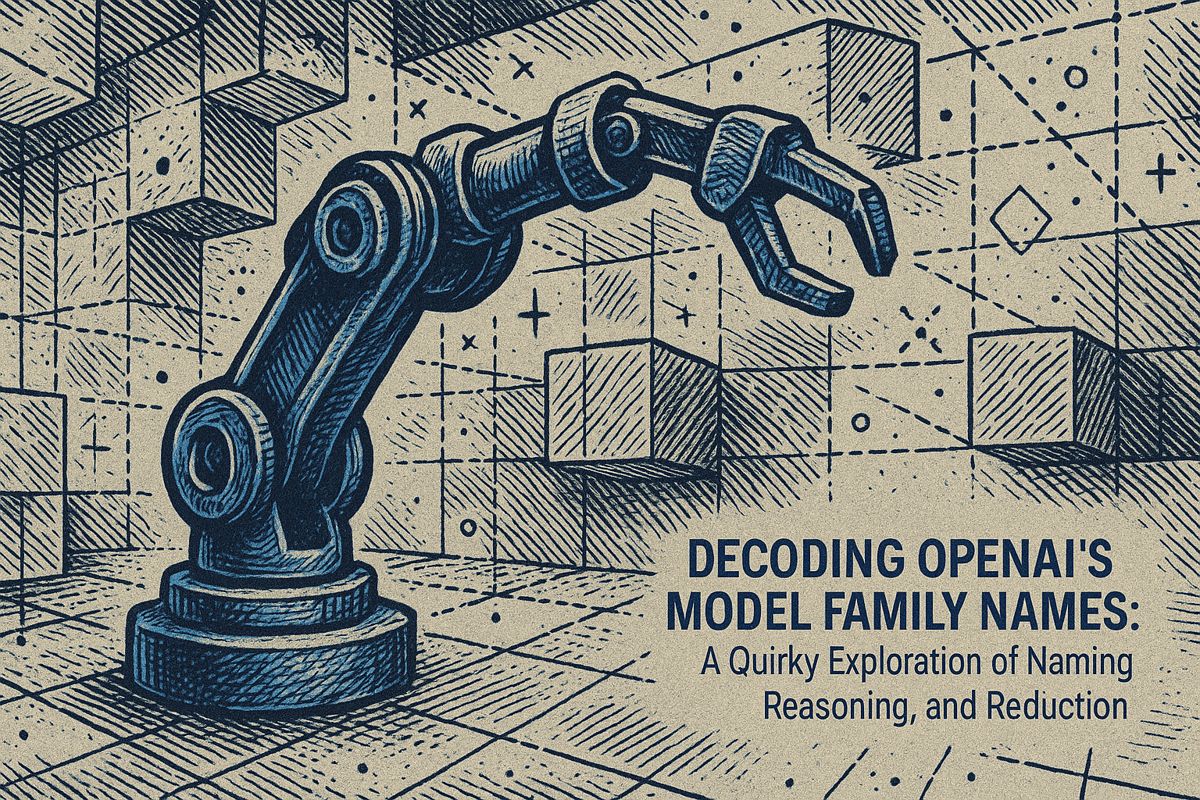Here’s the text with the most important phrase emphasized in markdown bold:
AI governance is crucial for responsible technology use, helping companies manage risks and maintain ethical standards in their artificial intelligence projects. It involves creating clear policies, monitoring data and model performance, and ensuring transparency across different teams. The process is more than just paperwork; it’s about protecting organizations from potential legal, privacy, and bias-related challenges. By implementing robust governance frameworks, companies can navigate the complex landscape of AI with greater confidence and control. Ultimately, effective AI governance serves as a critical survival kit in the rapidly evolving world of technological innovation.
What Is AI Governance and Why Does It Matter for Enterprises?
AI governance is a critical framework that ensures responsible, ethical, and compliant use of artificial intelligence technologies. It involves managing data risks, monitoring model performance, establishing clear policies, and maintaining transparency across organizational teams to prevent potential legal, privacy, and bias-related challenges.
A Jolt of Déjà Vu in the World of AI
Not long ago, an article landed in my inbox. It dropped me straight back to my first ever AI project in healthcare – a time marked by seven tangly spreadsheets, three weeks of confusion, and at least 500 jittery cups of coffee. None of those cups, it turns out, endowed me with the magical power to decipher if our AI was truly handling patient data responsibly. That anxious edge never really faded. In fact, with AI now weaving its sinewy threads into every digital corner, the stakes feel higher than ever.
Let’s set the scene: you’re captaining an enterprise AI initiative. The tech is humming, your team’s raring to go, ambition thick in the air like ozone before a storm. But governance, compliance, and risk keep circling like persistent crows. Sometimes I’m nostalgic for the days when my biggest headache was a missing parenthesis in a SQL query. Enter BigID’s AI governance checklist – the kind of guide I’d have traded my last drop of caffeine for in those trial-by-fire days.
Oh, and let me tell you about Sara. She was our project manager, a woman with an almost mythic command of color-coded notebooks. Yet, when our team tried mapping AI risks, even Sara’s methodical system faltered. The culprit wasn’t a lack of gumption or intellect; it was chaos masquerading as “good intentions.” No checklist, no framework. Just a vortex of ambiguity. I can almost imagine Sara’s sigh of relief, had BigID’s framework landed on her desk back then.
Breaking Down the BigID Blueprint
So what’s tucked inside BigID’s framework, apart from a name that sounds like a secret agent in the privacy world? Their checklist addresses rising AI risks: regulatory snares, data breaches, and the shadow of model bias. There’s an emphasis on actionable steps to structure AI governance – concrete, not just theoretical. The guide shines a searchlight on protecting sensitive data, streamlining compliance, and supporting collaboration across teams. It’s designed for real humans, not just legal robots or IT hermits.
The checklist refuses to silo governance. It demands policies that cross organizational boundaries—think of it as a suspension bridge, taut and engineered to withstand more than one kind of storm. Automation is a recurring theme: compliance checks and privacy assessments shouldn’t rest entirely on human frailty (who among us hasn’t missed an email or two?). Continuous risk monitoring – for bias, drift, and performance – is portrayed as a living, breathing necessity, not a quarterly formality.
BigID, headquartered in New York and familiar to Forrester report readers, is no stranger to data intelligence. Their solutions straddle privacy, security, and governance. In my experience, AI initiatives tend to trip and tumble precisely where structure is missing; well-meaning chaos is still chaos.
Governance: More Than Paperwork, Less Than Magic
Do you see the pattern forming? Governance isn’t a stuffy procedure; it’s a creature with real needs: monitoring as nourishment, stewardship as hygiene, transparency as oxygen. It’s not a box to tick but a plant to water, day after day.
Why does this matter so much? Picture enterprise AI as a minefield: one wrong step, and you’re caught in a regulatory snare, privacy quicksand, or a bias explosion. The BigID approach? Get your data sorted, enforce rigorous risk management, and automate relentlessly. Simple, right? In reality, most teams stumble here—often right after their first compliance audit grenade goes off, sending metaphorical debris everywhere. I’ll admit I’ve underestimated this before; the scars from scrambling to reconstruct an audit trail still sting.
Data governance is the launchpad. If you don’t know what’s flowing into your AI model, you may as well send rockets skyward with your eyes squeezed shut. BigID smartly insists on data classification and minimization, especially since AI devours not only the tidy rows of databases but also the wild, woolly documents and audio files lurking in dark corners. Old tools? Don’t trust them. They see only half the picture.
Collaboration and Compliance: The Unseen Engine
“Cross-functional” isn’t just corporate jargon; it’s the secret sauce. Governance requires a lingua franca, not a tug-of-war between IT, legal, and data science. Clear policies and defined responsibilities prevent risk management from becoming an afterthought, scrawled in the margins of someone’s notebook.
Proper risk management isn’t a checkbox on a quarterly to-do list. Privacy Impact Assessments, bias detection, incident response—these are your seatbelt, your airbag, your hazard lights. Continuous vigilance is the only thing standing between you and disaster, because models drift, data morphs, and regulators (like the CNIL or the ICO) always seem to have another curveball ready.
BigID’s unique flavor? Their AI-specific, data-first approach. They offer tools for cataloging, compliance, and stewardship—so governance isn’t just a kickoff ceremony, but a marathon with water stations along the route. Agentic AI, policy management, lifecycle controls: this is the scaffolding for your enterprise’s AI ambitions.
Now, let’s talk regulation. Keeping up with privacy laws is like chasing caffeinated rabbits: they multiply, mutate, and dash off in every direction. Manual compliance is a fool’s errand. Automation and robust data discovery don’t just help; they’re lifelines. BigID positions itself as the bridge over these churning regulatory waters. I can still remember the panic spike when a new GDPR clause blindsided us mid-project. Never again, if I can help it.
In Closing: The Checklist as Survival Kit
One last bit of levity: if you’re



















